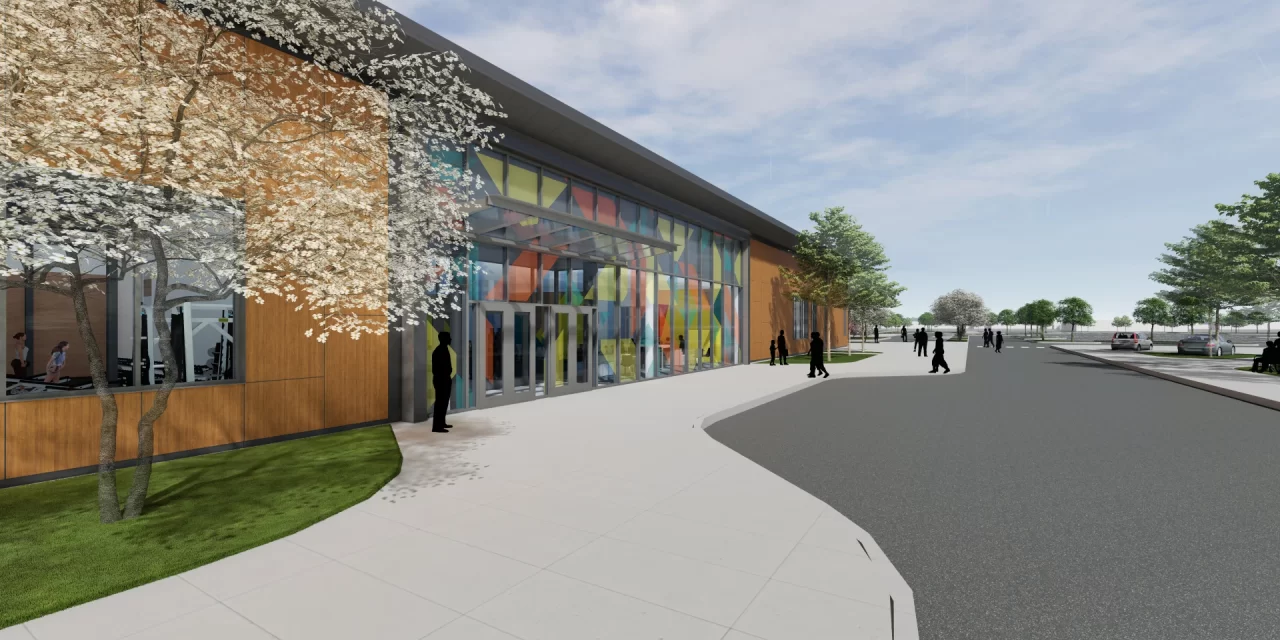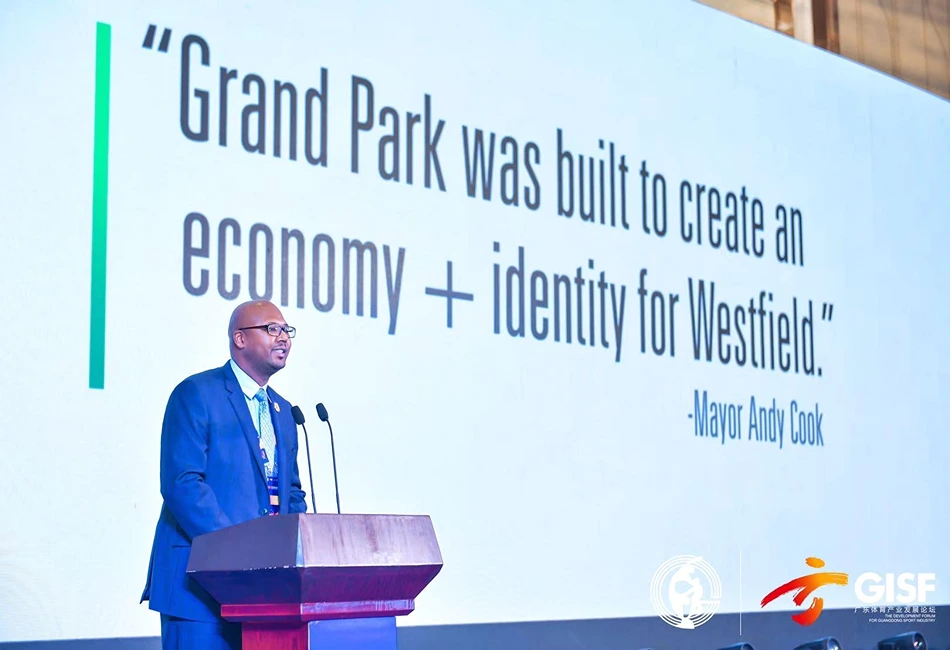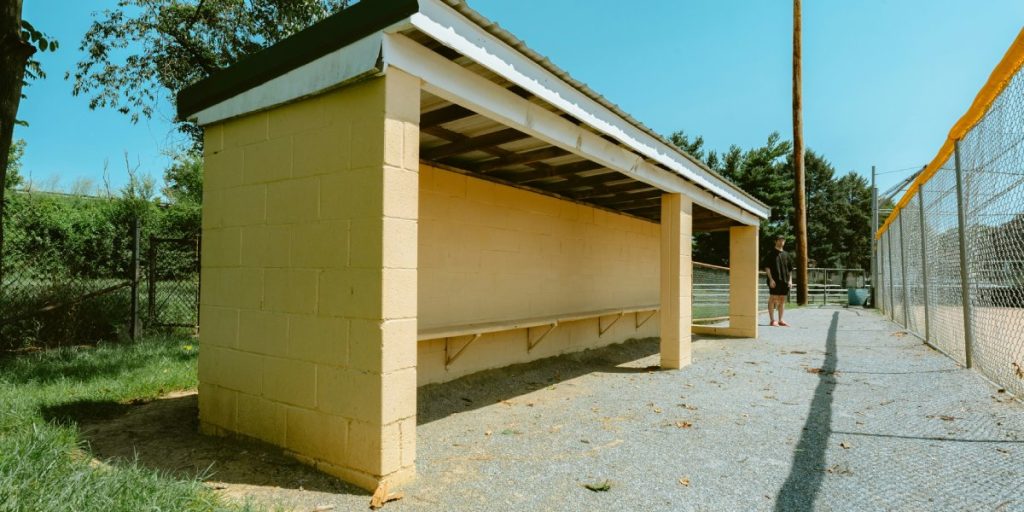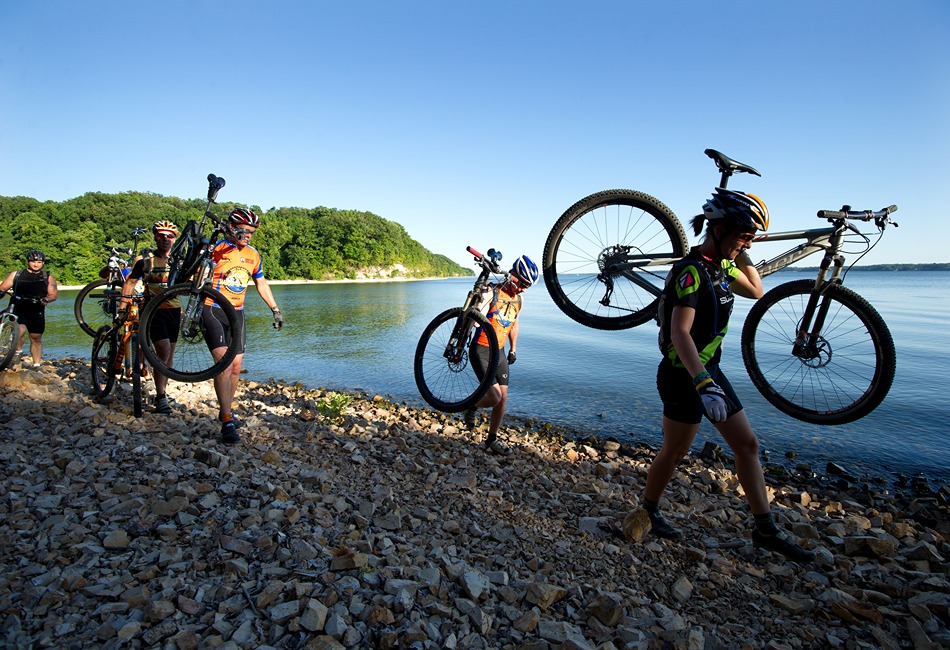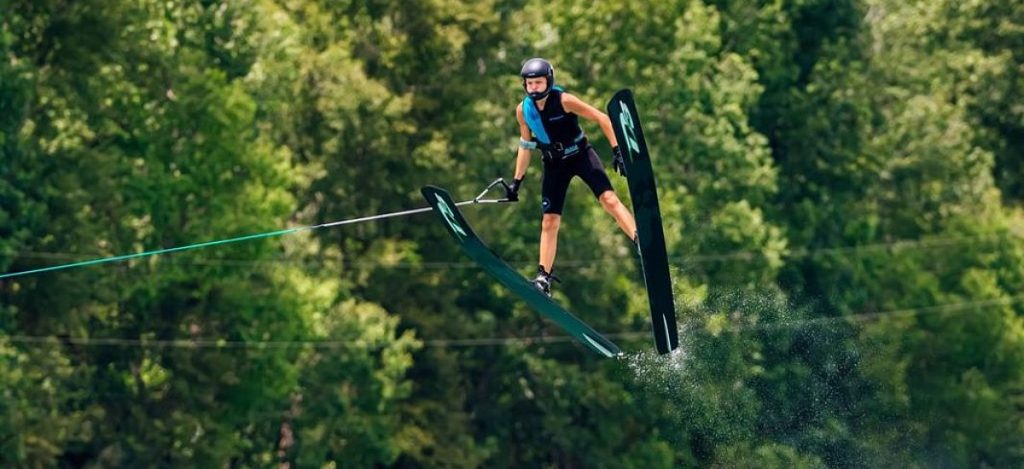A glimpse into the pros and cons of repurposing existing infrastructure and building from the ground up
Sports facilities can be beneficial to communities in multiple ways, well beyond the important total revenue that they bring in through hosting events, such as helping surrounding businesses like hotels and restaurants thrive. Whether it’s building a new facility or repurposing existing infrastructure that’s decided upon, these types of venues connect local communities by establishing a good reputation through hiring from the local area, generating cooperative involvement in activities and events, providing active space for residents and more. However, these facilities are often quite expensive, and generating the necessary funds to build new or repurpose isn’t always the same path. The question then comes down to which is the better path to take.
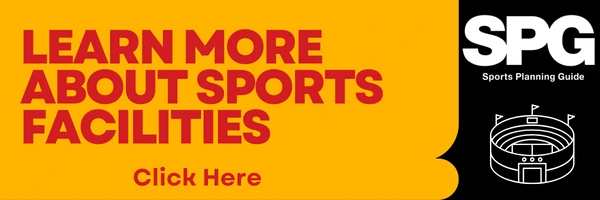
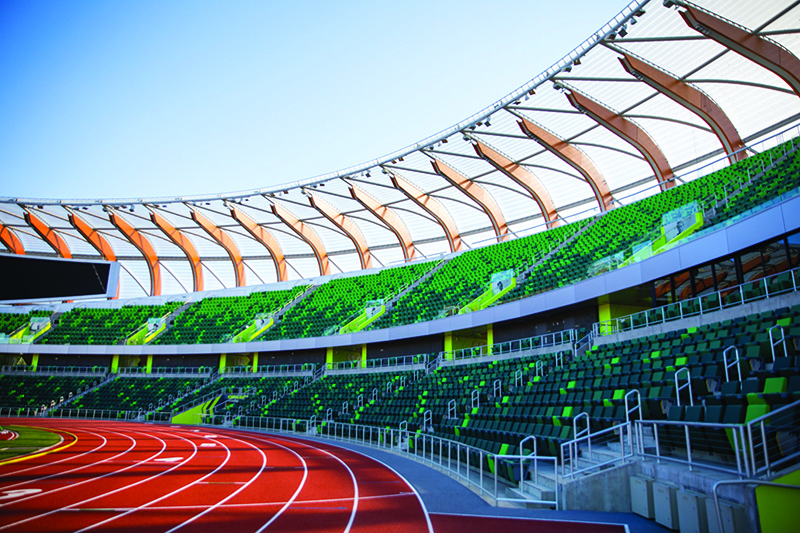
The Excitement of Building New Sports Facilities
As destination representatives travel across the United States, scoping out what’s available in other locales often develops a particular wow factor. Is it a beautiful mural, a spacious city park, or something even bigger like a sports and entertainment complex? Regardless, once a rep heads back home, there’s the following inclination to want or even feel the need to have something that their own community may be lacking, such as a brand-new, state-of-the-art sports facility for families to use for recreation, tournaments and other events.
The promise of what could be, the amount of annual visitors and income accumulated, is the light at the end of the cost-to-build tunnel. Other questions then present themselves: how will this be funded and will the community say yes to the overall proposal?
The U.S. has seen some new large-scale project proposals turned down by the public, such as the new arena and entertainment district that the National Hockey League’s Arizona Coyotes wanted to build on top of an old landfill in Tempe. Is that a fair comparison to a sports facility that will be mainly utilized by a community and visiting youth sports teams and leagues? That’s difficult to answer because one is clearly not professional sports, yet the cost of building and operating large facilities in particular comes at a huge price.
According to the Sports Facilities Companies (SFC), building a new indoor facility costs an estimated $150 to $600 per square foot of space, ranging based on what’s included as aquatics and ice sheets are more costly. For an outdoor facility, SFC notes that the total cost of four fields can be between $6 and $12 million, while a large-scale facility with 12 or more fields can cost $30 to $45 million. Keep in mind that this does not include land development and other additional costs.
But still, there’s that shiny new sports facility for everyone to enjoy. Local shops, surrounding hotels and other businesses stand to gain from it with a significant increase in sports tourism. It’s exciting to have something new, something you and your team laid the groundwork for to watch blossom into a successful gain for the community. That’s understandable. In some cases, building new may be the only option a destination has. Sports facilities are large after all, even when they are more modest than others, and if there isn’t a derelict space large enough to repurpose then no other option is available.
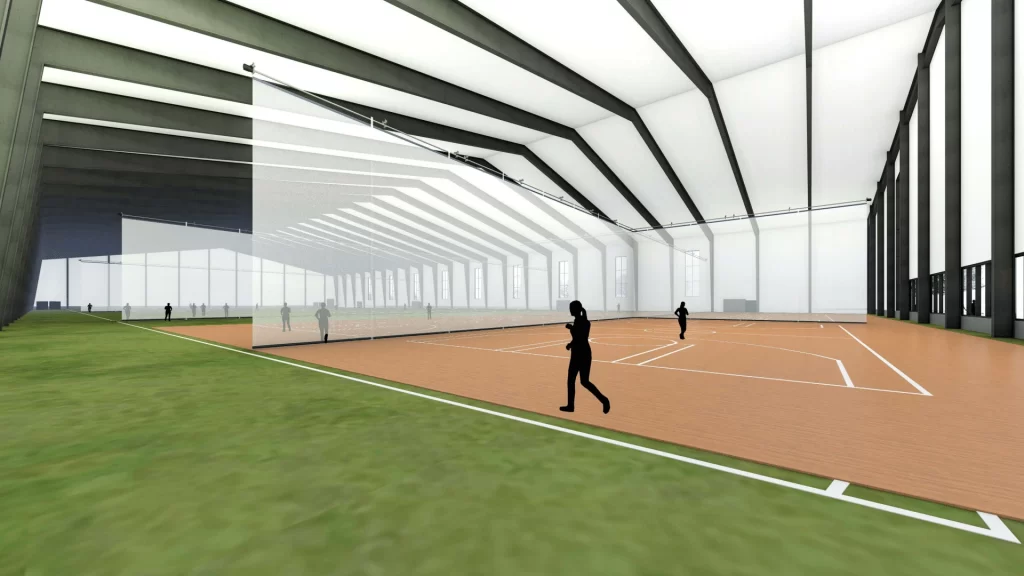
Avoiding Tearing Down a Sports Complex
Whether the plan is to improve an older sports facility or completely revamp other buildings into one, sustainability is often at the heart of repurposing all existing infrastructure. If a building has historical significance, this can be even more enticing as its character can play a major part in the overall appeal. However, repurposing any existing infrastructure will present a certain set of challenges, such as limitations to design based on the original structure, adhering to any further restrictions on historical buildings as well as ensuring that no harmful building materials are present. If a building has harmful materials, this will kick up costs.
Narrowing a selection of existing buildings to revamp, derelict malls can be among the best for consideration. There are many derelict malls across the country, providing wider choice, and more of these spaces are expected to close over the next couple of years as brick-and-mortar sales continue to decline. The size and scope of malls offer support for indoor sports and recreation, and often their convenient locations to existing nearby restaurants, hotels and even residences means that additional planning for surrounding needs like parking and amenities may not be necessary, or at least be minimized.
Located about 45 minutes south of Indianapolis, the NexusPark project in the City of Columbus, Indiana, is a good example of turning around derelict malls, having repurposed the former Fair Oaks Mall into a completely revamped space for pickleball and other sports including soccer, basketball and football.
“Using existing or building new were both on the table from the beginning,” said Mark Jones, director of Columbus Parks and Recreation. “The first thing we did was to study the existing building conditions to see what we were working with. As we went through the process, we found that the [Fair Oaks Mall] that was built in the late 1980s had ‘strong bones’ and we felt the structure would take care of our overall needs. We also took into consideration the cost of repurposing versus new, and after studying the structure, we were more comfortable with repurposing.”
Assessing the community’s needs and its options, Jones made it clear that the NexusPark project is more than just a sports facility.
“We are moving our Parks and Recreation headquarters and our local hospital, Columbus Regional Health, into the old mall facility and a retail space will stay as part of the overall project,” said Jones. “For the sports portion of the NexusPark project, we are building a brand new 150,000-square-foot fieldhouse on the backside that will connect to the old mall.”
The City of Columbus and Columbus Regional Health are also in talks with bringing in restaurants and retail, opening up discussions with the public to have their say in an open survey. This convergence of healthcare, recreation and wellness makes for a go-to destination—one where the community also plays a part in developing what they want to experience.
Utilizing derelict malls is starting to catch on for one sport in particular, pickleball. The fastest-growing sport in the U.S. is causing destinations some headaches with more demand than there are available courts for play. Enter billionaire financier Steve Kuhn, founder of Major League Pickleball. Kuhn is pushing the Picklemall project, with the idea being to repurpose derelict malls or simply shuttered brick-and-mortar stores attached to operational malls into pickleball facilities.
The Performance Pickleball facility, set to open at the end of 2023, is also utilizing vacant space from an operational mall on a smaller scale in Richmond, Virginia. Department stores have high ceilings and plenty of open space, which is perfect for repurposing into a 12-court indoor facility that will also feature a pro shop and a bar and restaurant. As reported by Business Insider, the new pickleball facility at Regency Square Mall is just one example of many large, empty shells begging to be repurposed by entrepreneurial pickleball enthusiasts.
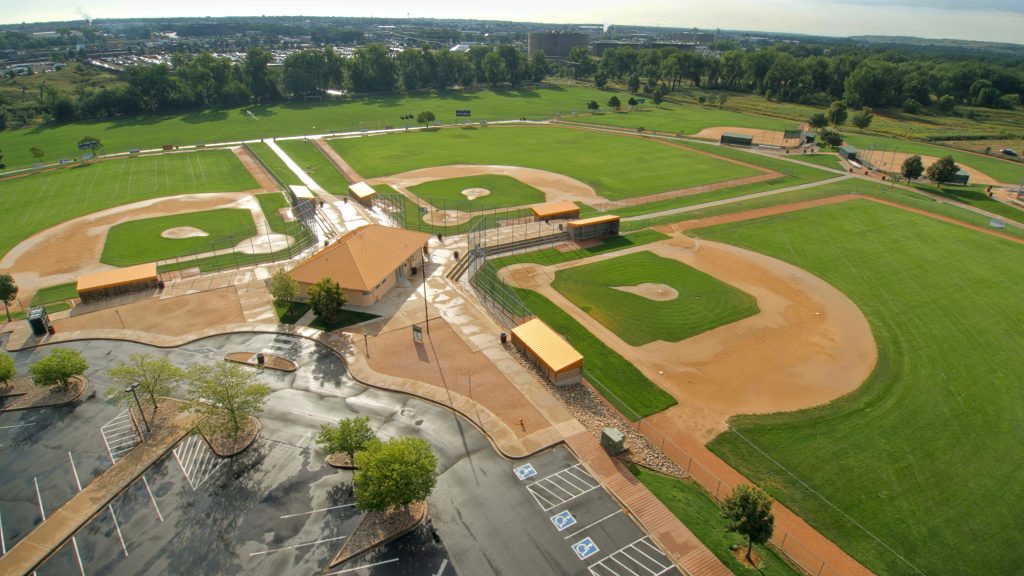
What’s the Right Choice for a Sports Complex?
When asked if there is a “best approach” to finding the financial means to repurpose existing infrastructure into sports facilities or whether it all depends on individual situations or opinions, Jones commented that he felt that it depends on what the overall vision or mission of the project is.
When it comes down to building new or repurposing, which is the right choice? In the end, it comes down to a destination and its team to determine the best course of action. Repurposing is certainly preferable from a sustainability standpoint, but it’s not always possible. While old mall projects like NexusPark and Performance Pickleball RVA may have been the best options for Columbus and Richmond, repurposing may not fit the interests, needs or even the budget of others.
For more tips and information about sports complexes and facilities, be sure to Subscribe to Sports Planning Guide for FREE.
By Christopher D. Silbernagel

